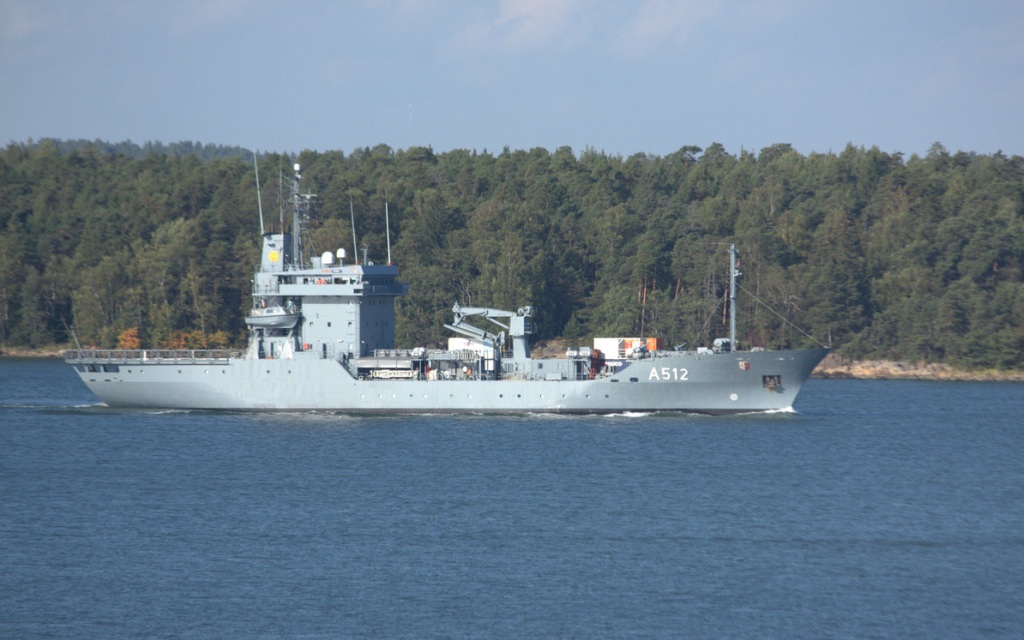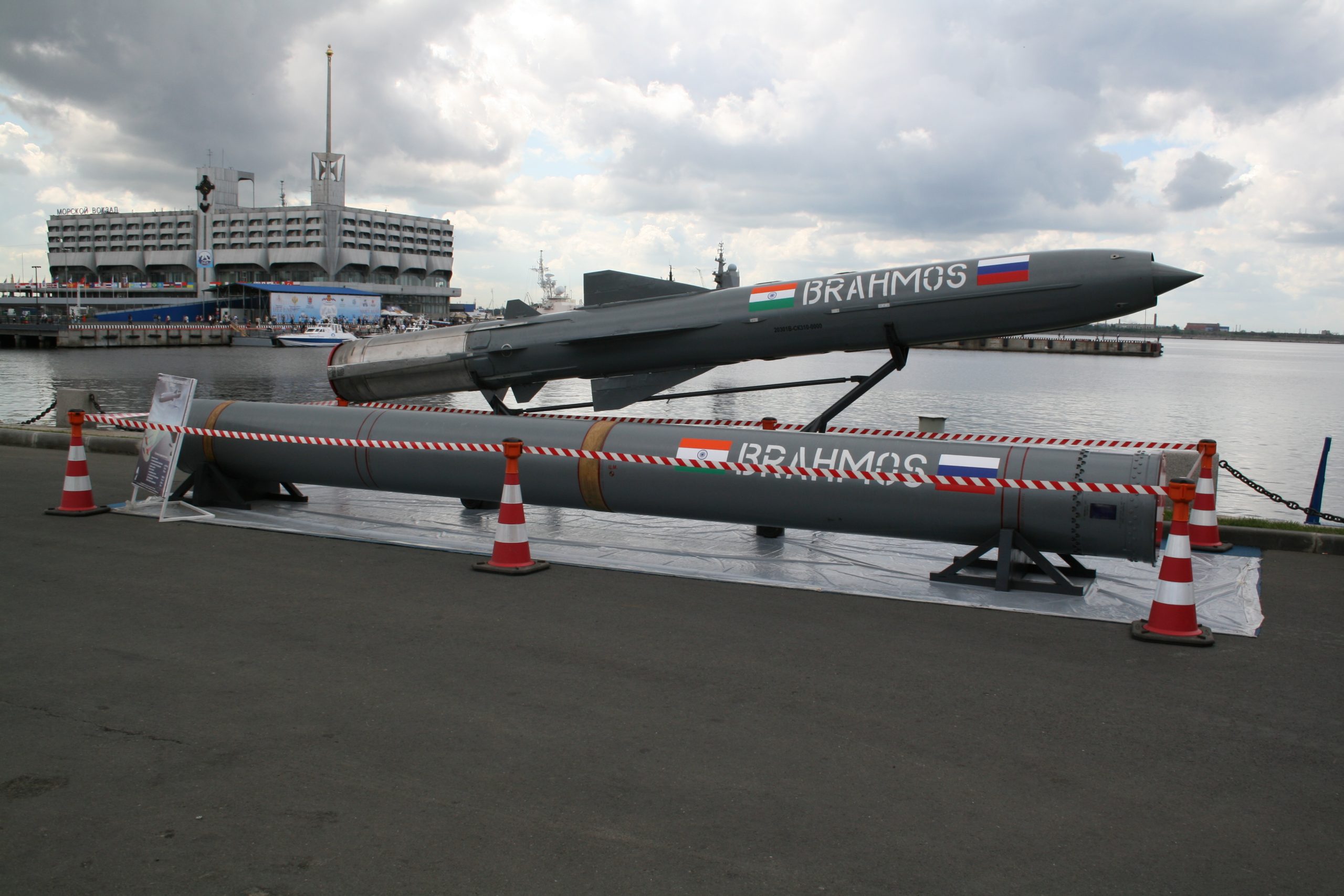
Auxiliary patrol ships Médoc and Pomerol
A German bomber sinks it with an OF Médoc precision torpedo (erroneously painted here with the side marking Pomerol). Painting by Adam Werka.
France abandoned the fighting that began on May 10, 1940, just 43 days after the German offensive. During the Blitzkrieg, which brought great successes to the German army, Benito Mussolini, the leader of the fascist movement in Italy, decided to join the fate of his country
with Germany, declaring war on the Allies. This "lousy bulldog," as Adolf Hitler called Winston Churchill in a fit of distraught rage, knew that in order to face the Axis storm and have a chance at ultimate victory, Britain could not lose its advantage at sea. The British remained a lone bastion determined to resist German violence, having during this period the only loyal allies: the Czechs, Norwegians and Poles. The island began to organize defenses on land and strengthen its naval forces in the English Channel and the southern part of the North Sea. Not surprisingly, the British Admiralty decided in a hurry to arm and complete every ship fit for service as a warship and armed with guns and anti-aircraft guns (hereinafter referred to as anti-aircraft guns), "ready" to fight any invading force.
At the time of the surrender of France in the ports of southern England - in Plymouth and part of Devonport, Southampton, Dartmouth and Portsmouth - there were more than 200 French ships of various types, from battleships to smaller ships and small auxiliary formations. They reached the other side of the English Channel due to the evacuation of northern French ports between the end of May and 20 June. It is known that out of thousands of seafarers, most of the officers, non-commissioned officers and sailors supported the Vichy government (2/3 of the country was under German occupation) headed by Deputy Prime Minister Pierre Laval, not intending to participate in further naval operations together with the Royal Navy.
On July 1, General de Gaulle appointed Vadmus commander of the naval forces of the Free French. Émile Muselier, in charge of the regulations of the navy under the tricolor flag and the Cross of Lorraine.
It turns out that at the end of June, the French command was considering the idea of transferring the fleet to North Africa. For the British, such a decision was unacceptable, since there was a serious danger that some of these ships might soon be under German control. When all attempts at persuasion failed, on the night of July 2-3, armed detachments of sailors and royal marines seized the French ships by force. According to French sources, out of some 15 naval personnel, only 000 officers and 20 non-commissioned officers and sailors declared their support for Muselier. Those sailors who supported the Vichy government were interned and then repatriated to France.
In an effort to prevent Germany from capturing the rest of the French fleet, Churchill ordered the arrest or, in case of failure to capture them, the sinking of Marine ships partially stationed in French and French African ports. The French squadron in Alexandria surrendered to the British, and the failure of the remaining forces of the Royal Navy 3-8 July 1940 attacked
and partially destroyed the French ships at Mers-el-Kebir near Oran; incl. the battleship Brittany was sunk and several more units damaged. In all actions against the Royal Navy, 1297 French sailors died at this Algerian base, about 350 were injured.
Despite the fact that a large French fleet was moored in English ports, in fact its combat value turned out to be negligible due to the lack of crews and not very valuable composition. The only solution was to transfer part of the naval units to the allied fleets. Such a proposal was received, including the Netherlands, Norway and Poland. In the case of the latter, it was proposed to take to the UK the current flagship of the French squadron - the battleship "Paris". Although it seemed that this case would be brought to an end, which, in turn, could raise the prestige of the WWI, in the end, the Naval Command (KMV) appreciated that, in addition to the propaganda dimension
The future operating costs of an obsolete warship that has remained in service since 1914 will condemn the Polish small fleet to huge costs. In addition, at too low a speed (21 knots), there was a high probability of sinking it with a submarine. There were also not enough officers and non-commissioned officers (in the summer of 1940, PMW in Great Britain had 11 officers and 1397 non-commissioned officers and sailors) capable of filling a steel - for Polish conditions - colossus with a total displacement of over 25 tons, which served almost 000 people.
Rear Admiral Jerzy Svirsky, head of KMW in London, after the loss of the destroyer ORP Grom on May 4, 1940 in Rombakkenfjord near Narvik, applied for a new ship to the British Admiralty. Admiral Sir Dudley Pound, First Sea Lord and Commander-in-Chief of the Royal Navy from 1939-1943, in response to inquiries from the head of the KMW, wrote in a letter dated 14 July 1940:
Dear admiral,
I understand how much you want to man the new destroyer with your people, but as you know, we are doing our best to get as many destroyers into service as possible.
As you correctly noted, I'm afraid that at the moment it is impossible to allocate a destroyer in service for a new crew.
Therefore, I am concerned that we cannot transfer to you [destroyer - M.B.] "Galant" for the above reasons. As for [French destroyer - M. B.] Le Triomphante, she is not yet ready to go to sea and is currently intended as the flagship of the rear admiral in command of the destroyers. However, I would like to suggest that the men you have at your disposal could be manned by the French ship Hurricane and the French ships Pomerol and Medoc, as well as the Ch 11 and Ch 15 submarine chasers. If this were the case for you, it would greatly strengthen our forces in coastal waters during this early period, which is very important for us. We are considering the possibility of transferring the French battleship Paris to you, if there are no contraindications, which I do not know about.
I don't know if you know that in the case of French ships that are manned by a British crew, it was decided that these ships should sail under British and French flags, and if we man a French ship with a Polish crew, two Polish and French flags would need to be flown . .
I would be grateful if you would let me know if you would be able to man the ships mentioned above with your own crew and if you would agree to have the national flag flown as above.

